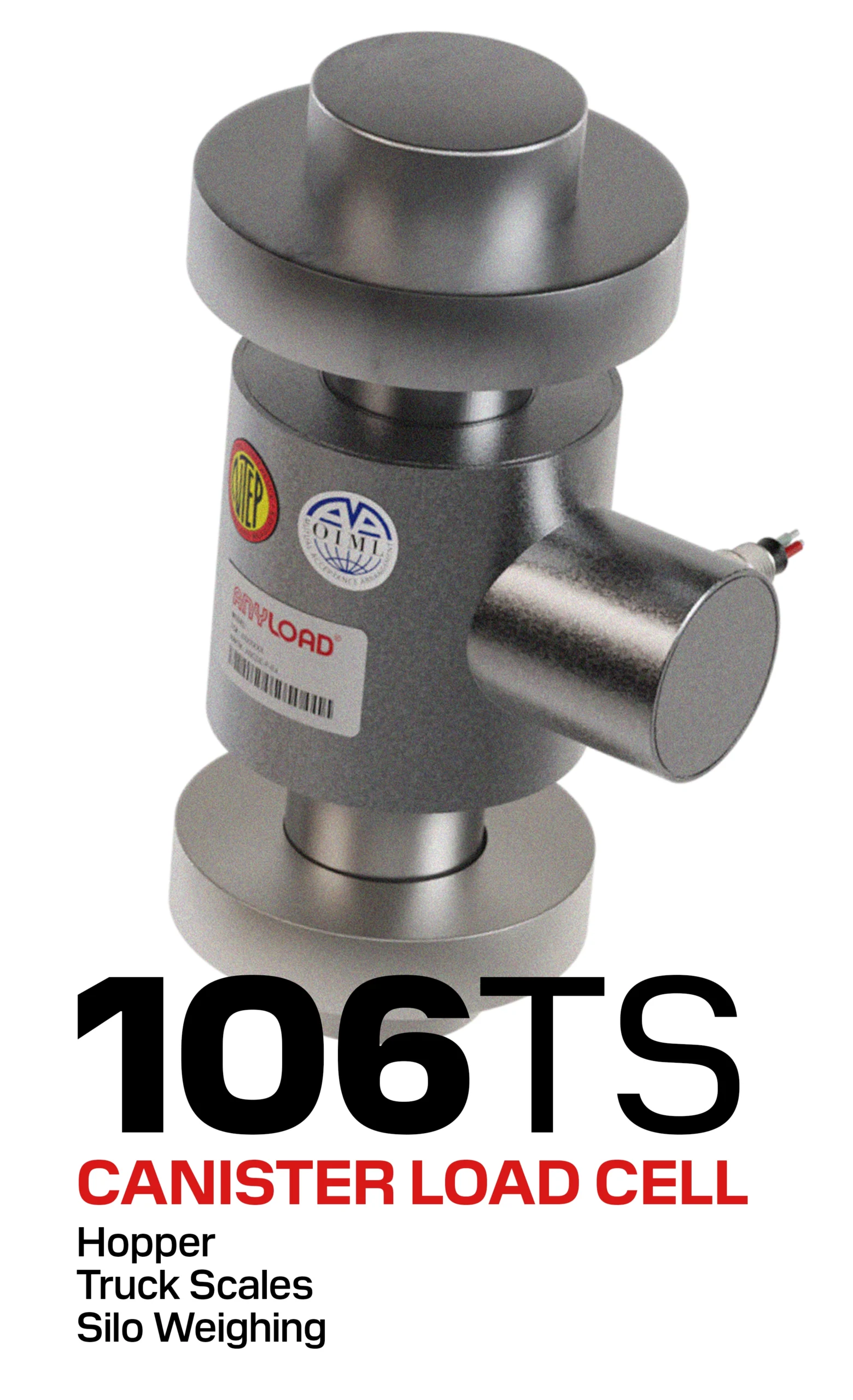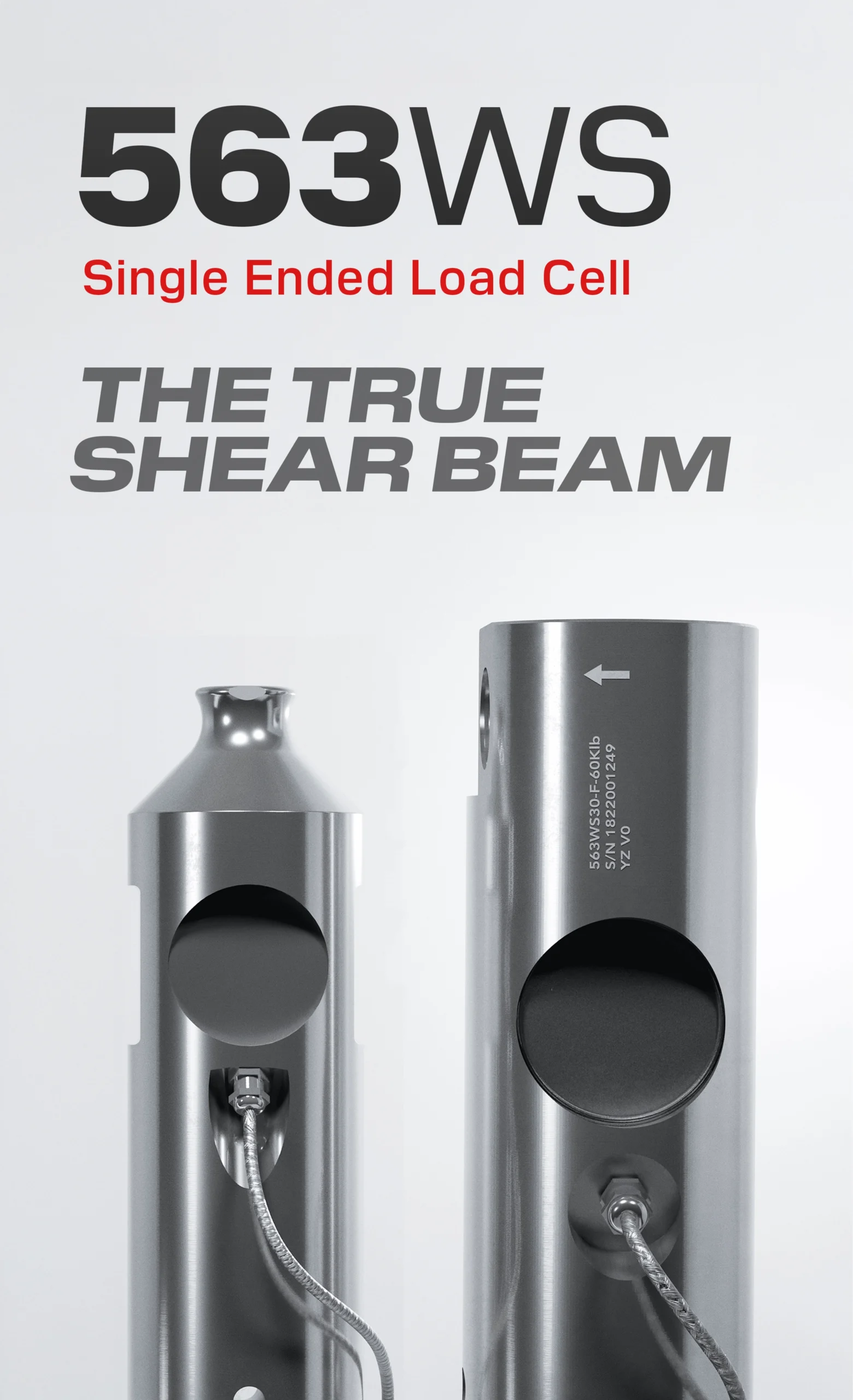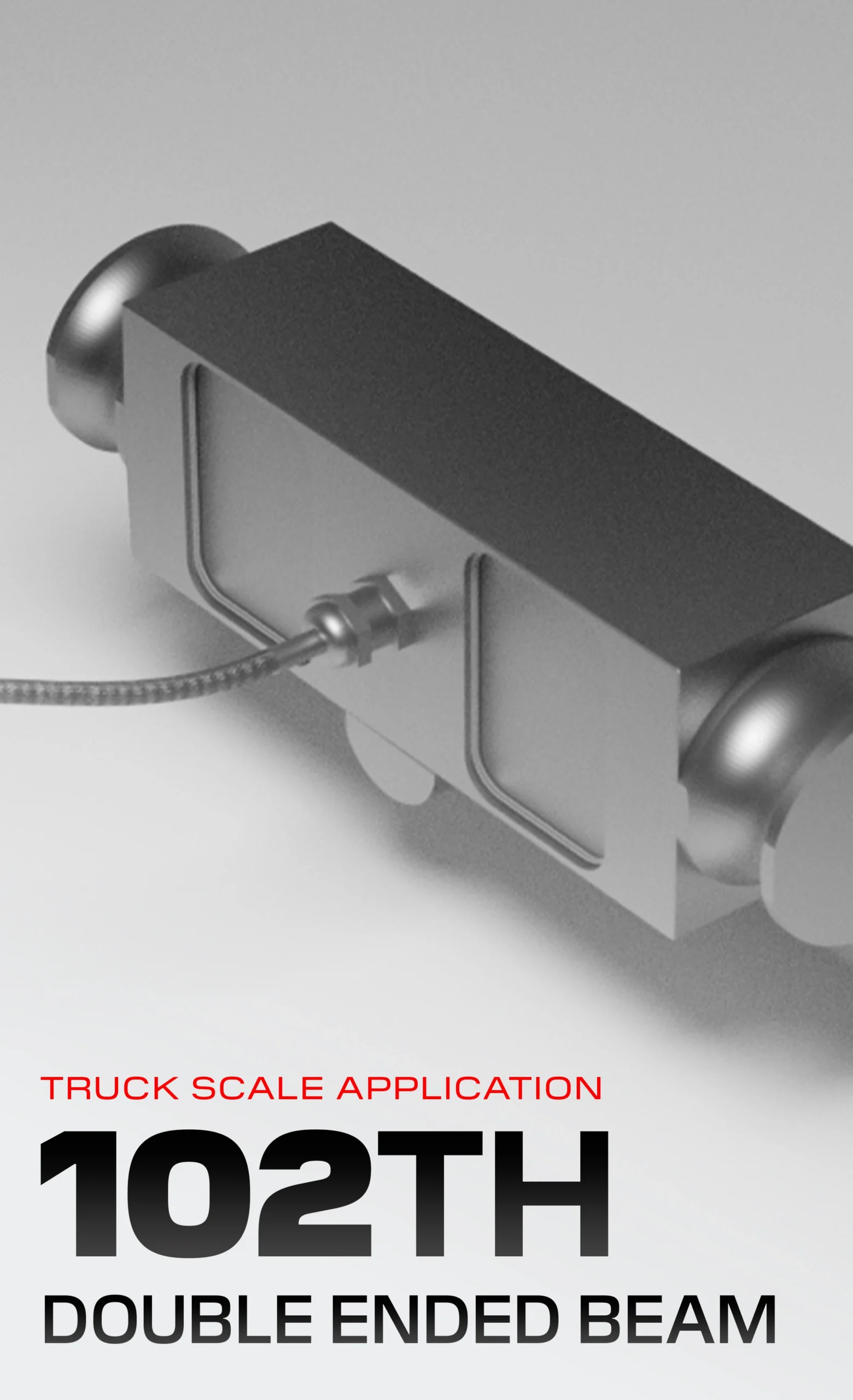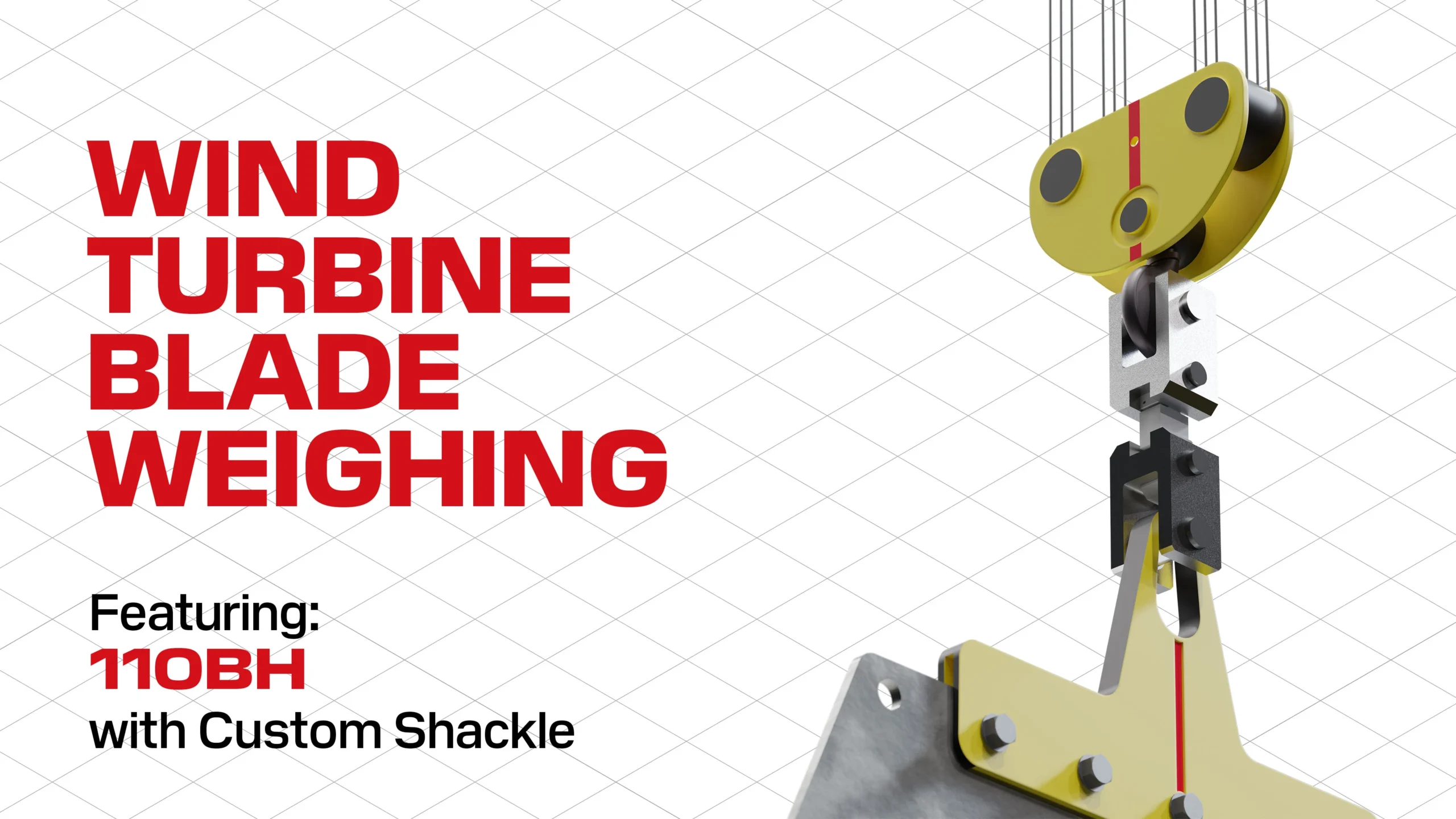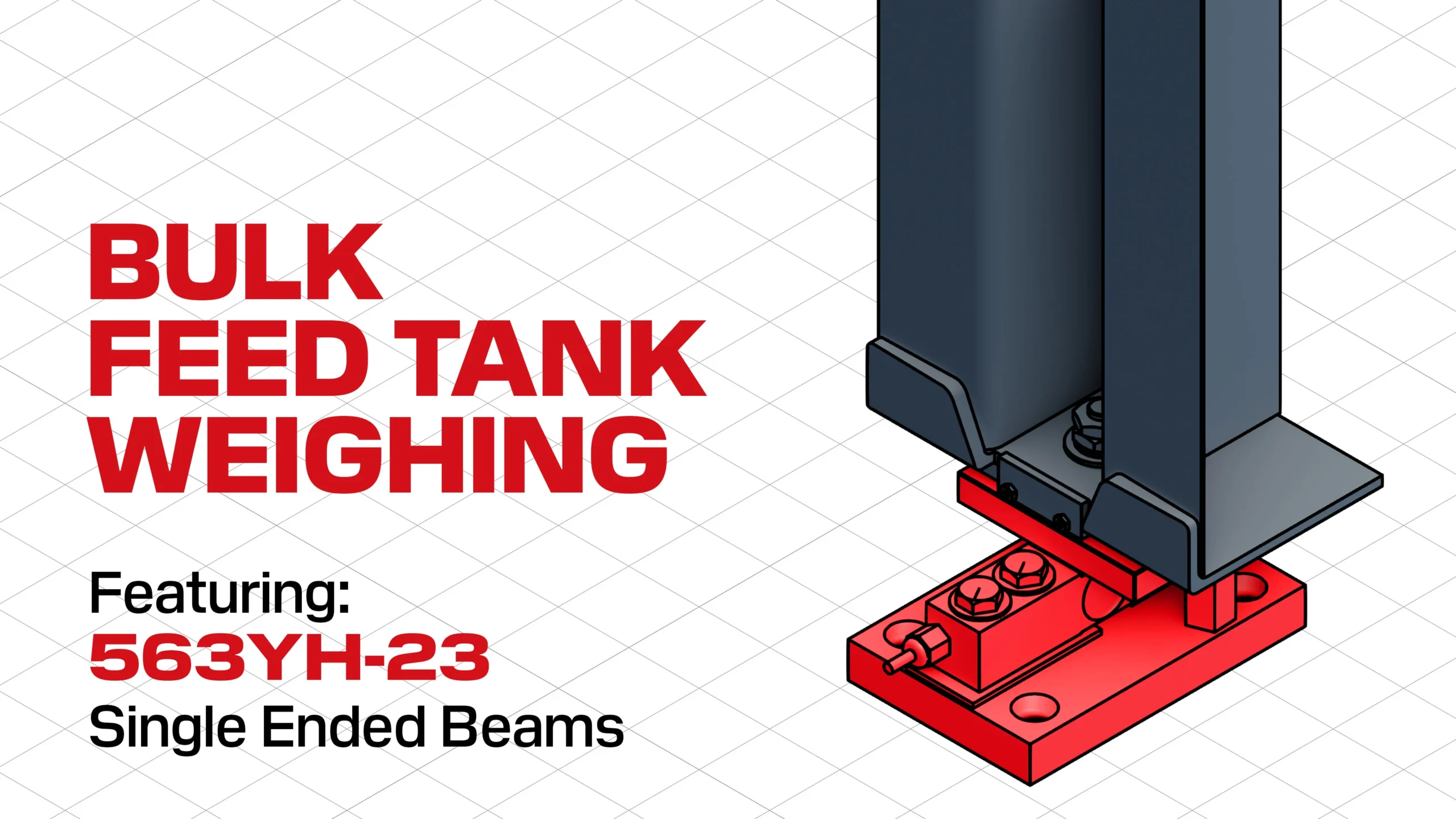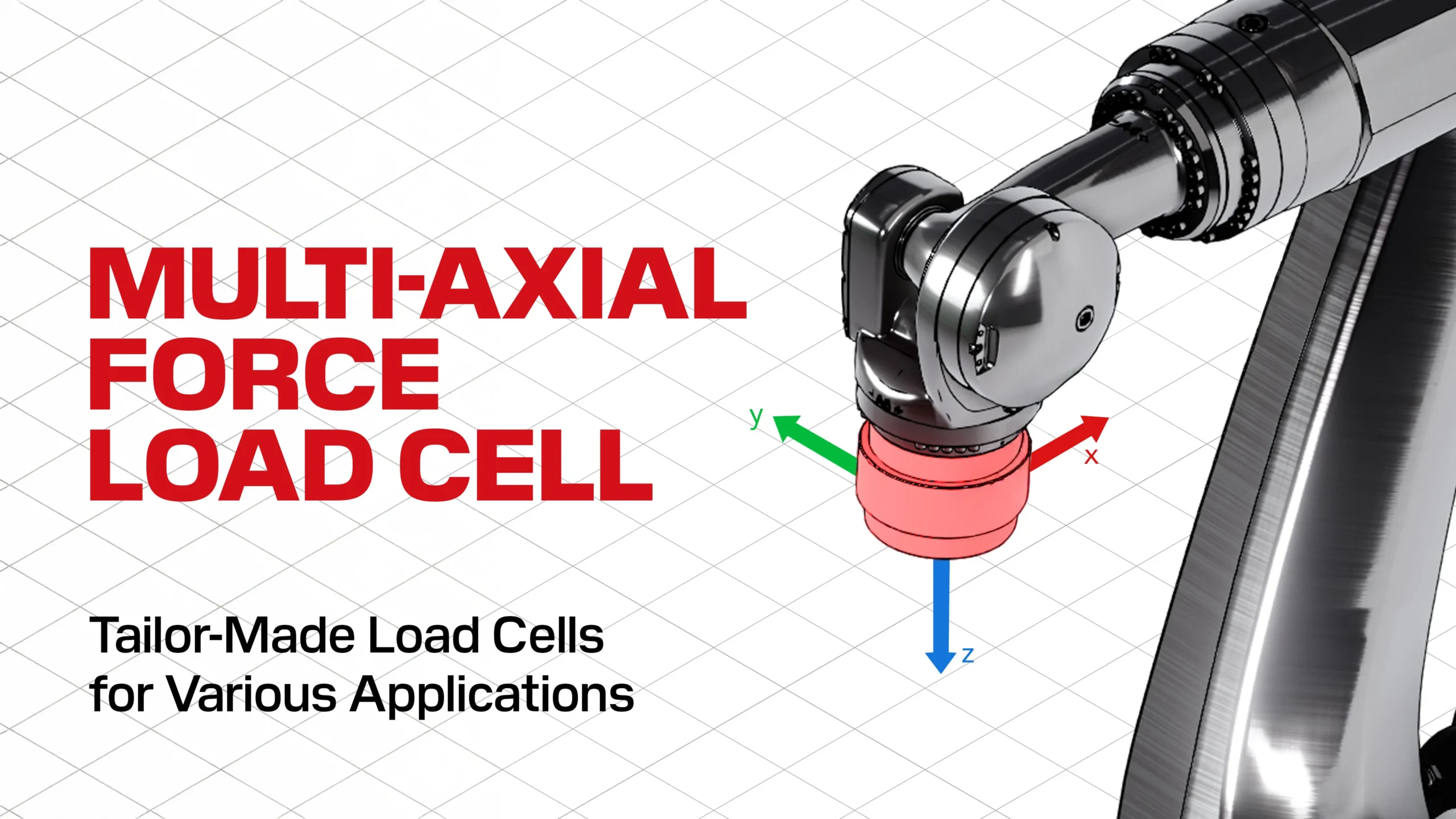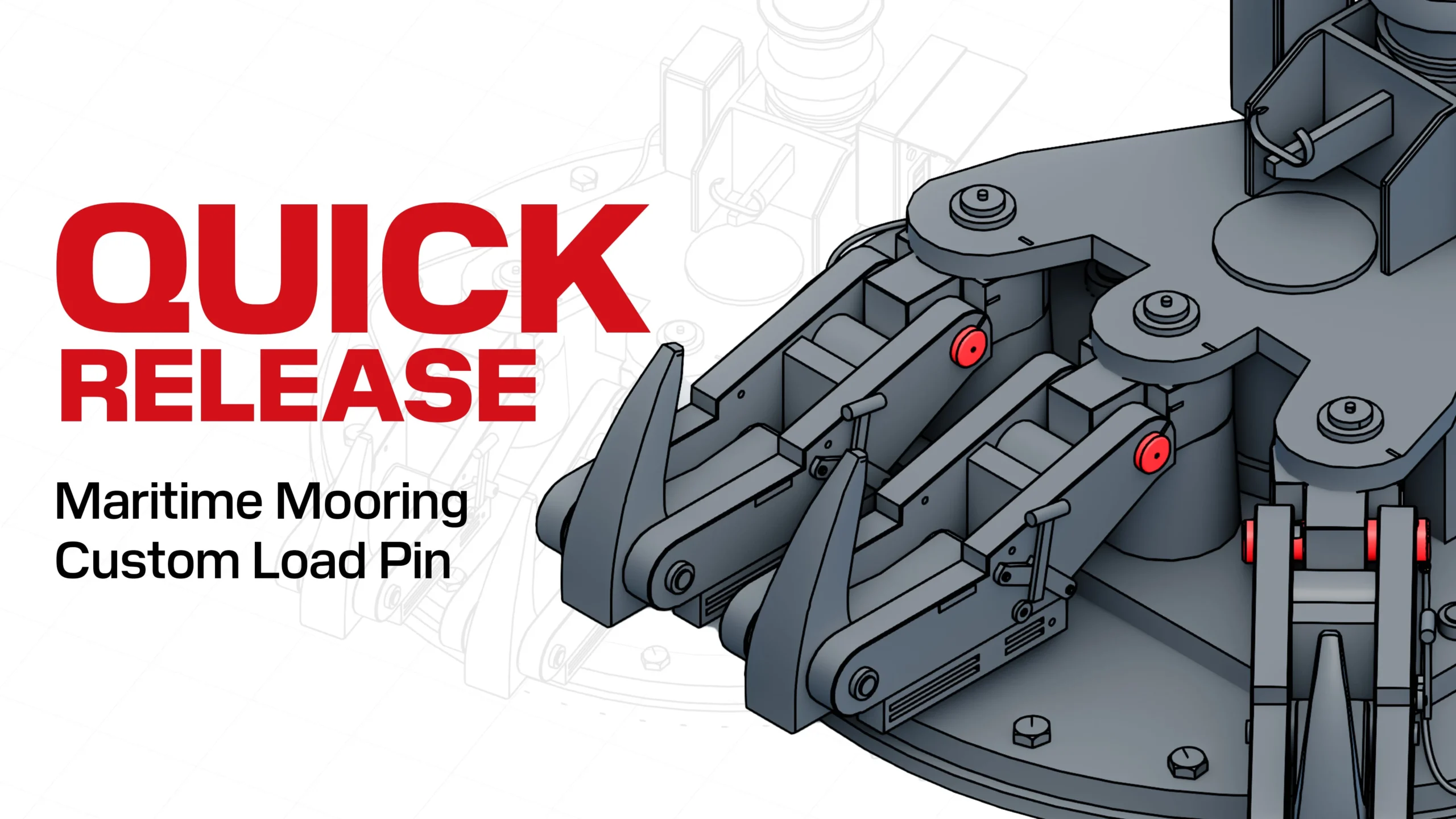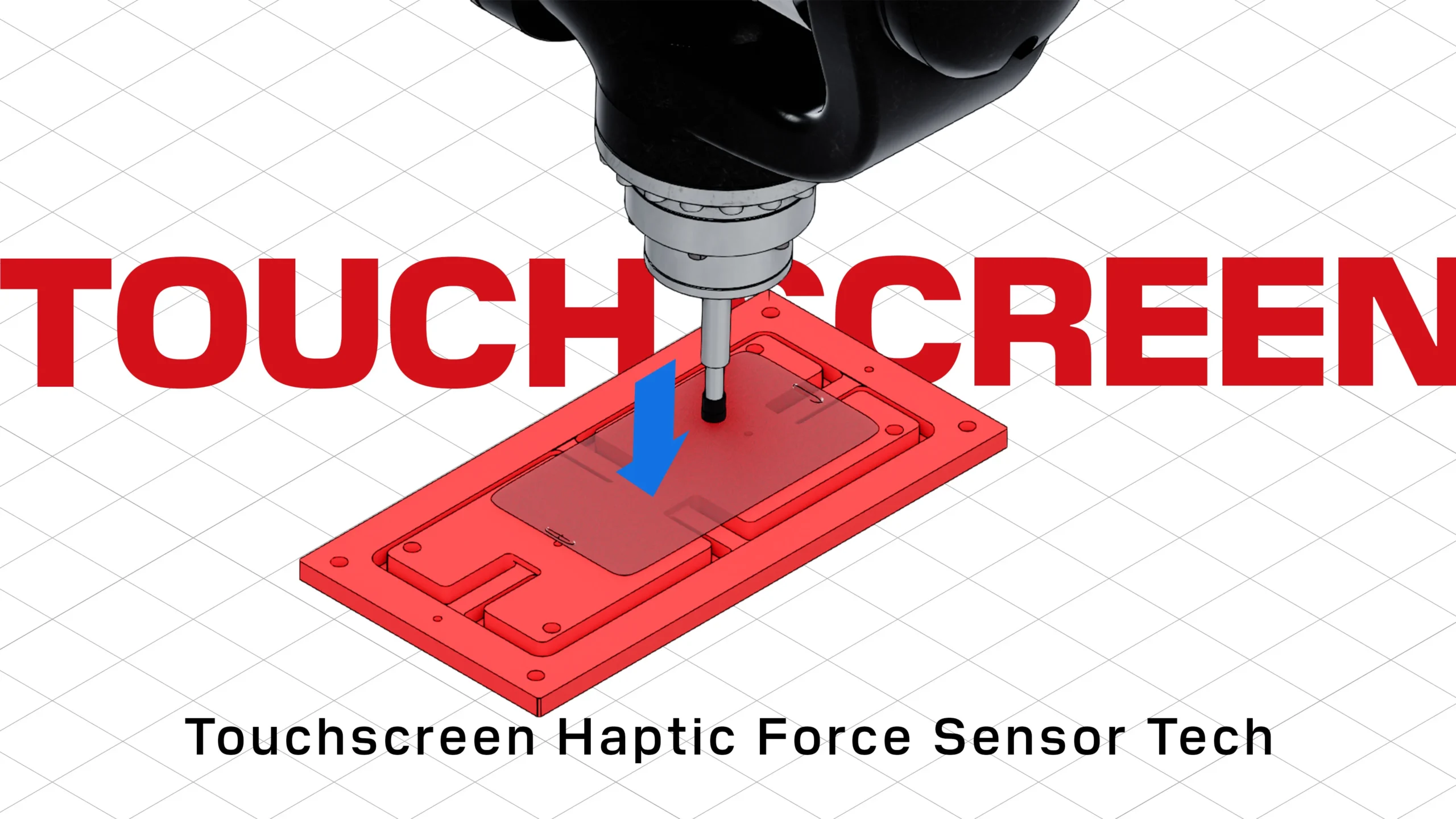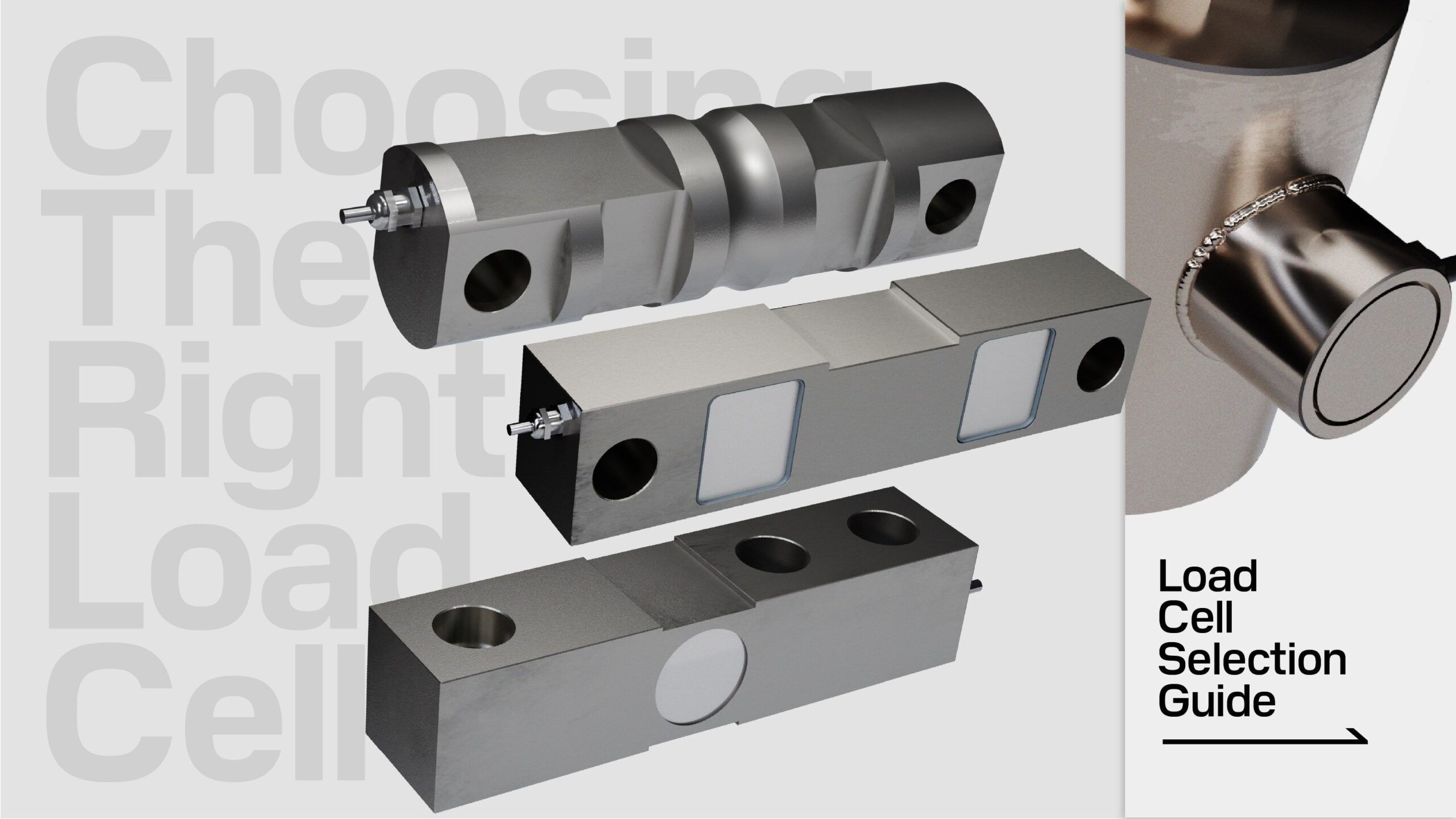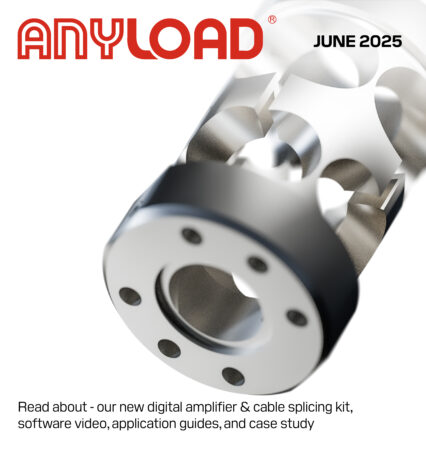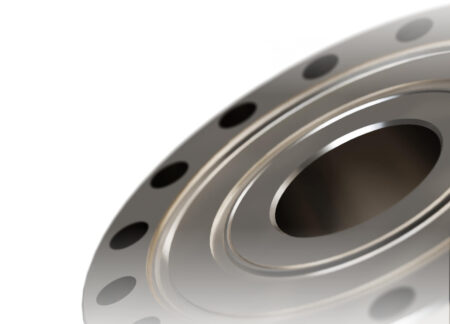Categories
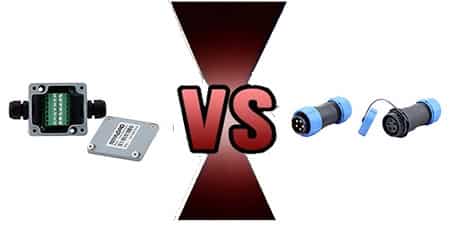
What is the difference between a cable connector and a cable splicing kit? The cable splicing kit can be easier to set up but the cable connector provides more versatility and durability in the long run.
The cable splicing kit is used to quickly repair (or elongate) load cell cables. Frayed load cell cables, damaged by rodents or regular wear and tear, needs to be repaired to ensure that an accurate and consistent signal continues to be sent from the load cell to the indicator. The technician can easily bypass damaged sections of cable by cutting away the damaged sections, threading the cable ends through the two PG9 cable glands, and finally, installing the cable wires into the kit’s mainboard with a screwdriver. Since ANYLOAD’s cable splicing kit can accommodate up to seven wires, the technician need not to know beforehand if the client’s load cell cable consists of four or six wires. The kit can also be mounted on a wall, should the technician find it desirable to do so. Finally, ANYLOAD’s cable splicing kit is designed to be resistant to the elements through its aluminum construction and IP67 rating.
The cable connector performs the same functions (and more, as explained below) as the cable splicing kit but it is arguably slightly more difficult to install. ANYLOAD carries several variants of cable connectors – a small and large five wire version and a large seven wire version. Choosing the right version is important as ANYLOAD’s cable connectors are rated IP68; to take full advantage of its waterproofness, the load cell cable must fit snugly in the cable connector. Additionally, the seven wire version can only be installed via soldering, though the five wire version is more versatile and can be installed with a screwdriver or soldering. Therefore, the technician needs to know how many wires are in the client’s load cell cable before arriving on the site (or carry all cable connector variants) and needs to be comfortable with soldering if the seven wire version is required.
What the cable connector makes up for in its supposedly slightly more difficult installation is in its versatility, waterproofness, and its cost. Once installed, the cable connector can be used for a variety of functions that would be inconvenient for the cable splicing kit. The technician could, for example, easily troubleshoot for a malfunctioning part in a scale, be it a load cell or a indicator, by isolating each component one at a time. The technician can also use one indicator to check or calibrate all of the client’s load cells, making service trips quicker and more hassle-free. If the scale is set up outdoors and it is undesirable to leave the indicator exposed to the elements, the client can easily disconnect the indicator when the job is done and bring the indicator inside. All of these additional functionalities come with the added benefit of increased waterproofness (IP68 as opposed to IP67) and a cheaper price than the cable splicing kit – roughly 40% cheaper!
The Verdict
The cable splicing kit doesn’t require any skills with soldering or pre-knowledge of the client’s setup. In that sense, the splicing kit can be used for the widest variety of occasions. Some technicians also prefer to mount the splicing kit on a wall, where applicable. However, when the added functionalities of the cable connector is considered, such as the desire to (dis)connect at will or its increased waterproofness, the cable connector can trump the splicing kit depending on the requirements of the technician/client. When adding the benefit of costing nearly 40% less than the splicing kit, it may be worth it to change old habits and have some pre-knowledge of the client’s load cell wiring before arriving on site.
